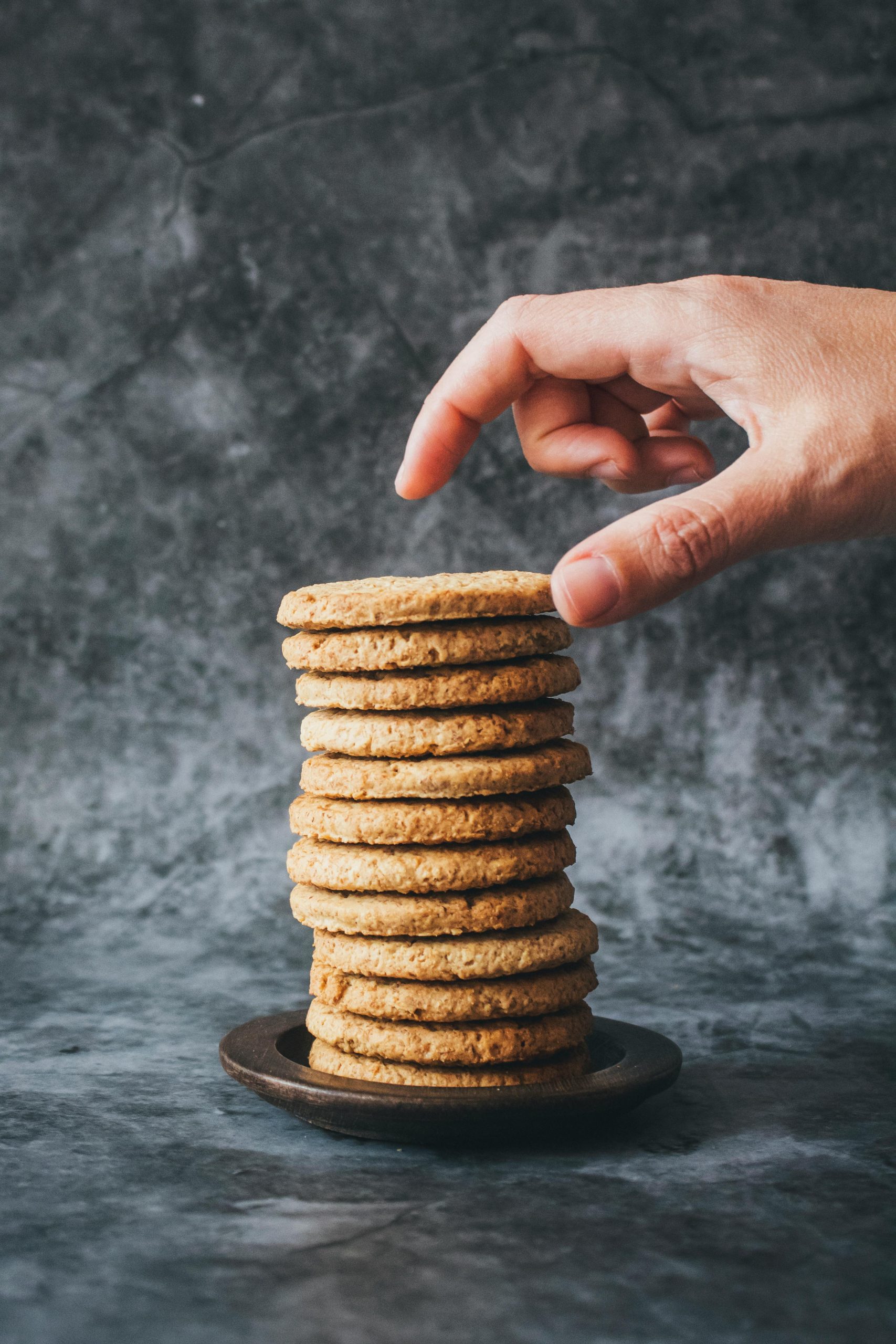In a perfect world, all our baked goods would be fresh from the oven, with a shelf life of only a day or two. In the reality of a modern supermarket, however, products need to be able to last for weeks, or even months, on the shelf and in our pantries. To achieve this unnaturally long shelf life, manufacturers of packaged baked goods have increasingly relied on a cocktail of chemical preservatives. These additives prevent mold and keep products soft, but they also represent a major shift away from the simple, clean ingredients that consumers often expect.

Image Source: pexels.com
1. Packaged Snack Cakes
Iconic snack cakes like Twinkies and Ho Hos are famous for their seemingly endless shelf life. This is achieved through the use of preservatives like sorbic acid and polysorbate 60. These chemicals inhibit mold growth and prevent the creamy fillings from separating, allowing the cakes to stay “fresh” in their plastic wrappers for an exceptionally long time.
2. Mass-Produced Sliced Breads
Many popular brands of sliced sandwich bread now remain soft and mold-free for weeks after you buy them. This is due to the addition of preservatives like calcium propionate, a mold inhibitor. While it is effective at extending shelf life, many health-conscious consumers prefer to buy breads from local bakeries that do not use these types of chemical additives.
3. Store-Brand Packaged Cookies
The soft-baked cookies sold under many store brands rely on a host of preservatives to maintain their chewy texture. Ingredients like high-fructose corn syrup, glycerin, and various gums are used to retain moisture and prevent the cookies from becoming hard and stale. These additives give the cookies a shelf life that would be impossible to achieve with a simple, homemade recipe.
4. Packaged Muffins
The single-serving, plastic-wrapped muffins you find at the grocery store or a gas station can often sit on the shelf for a very long time. This is because they contain preservatives like potassium sorbate and sodium propionate. These chemicals work to prevent the growth of mold and bacteria in the moist, sugary environment of the muffin.
5. Soft Flour Tortillas
To keep their products soft and pliable for an extended period, many manufacturers of flour tortillas add a variety of preservatives and dough conditioners. These can include ingredients like sorbic acid and calcium propionate. Without these additives, the tortillas would dry out and become brittle much more quickly.
6. Pop-Tarts and Toaster Pastries
Toaster pastries are a classic example of a highly processed, shelf-stable baked good. The fruit-flavored filling is often made with more corn syrup and food starch than actual fruit. The entire pastry is loaded with preservatives to ensure it can last for months in a pantry. This allows the product to be shipped and stored for long periods without spoiling.
7. Packaged Doughnuts

Image Source: pexels.com
Similar to snack cakes, packaged doughnuts rely on a long list of preservatives to maintain their softness and prevent mold. An ingredient list will often reveal a complex blend of chemicals and stabilizers. These are necessary to give the product a shelf life that is far beyond that of a fresh doughnut from a local bakery.
8. Little Debbie Snack Products
The entire line of Little Debbie snacks is built on the concept of a long shelf life. The company uses a variety of preservatives and artificial ingredients to ensure its products can withstand the long journey through the supply chain and still be soft when a customer opens the box. This is a key part of their business model.
9. Brown ‘N’ Serve Rolls
The convenience of brown ‘n’ serve rolls comes from the fact that they are partially baked and then treated with preservatives to keep them from spoiling in the package. This allows you to finish the baking process at home. The ingredient list often includes preservatives like calcium propionate to ensure they stay fresh until you are ready to eat them.
The Shelf-Life Equation
The modern food supply chain demands products that can last, and preservatives make that possible. However, the trade-off for this extended shelf life is a move away from simple, whole-food ingredients. For consumers, the long list of chemical-sounding names on the ingredient list of these baked goods is a clear sign that convenience often comes at a nutritional cost.
How do you feel about the use of preservatives in baked goods? Do you prioritize a long shelf life or a clean ingredient list? Let us know your thoughts!
Read More
6 Baked Goods That Go Stale Faster Than They Should
7 Grocery Store Breads That Are Baked from Dough Shipped Frozen Months Ago
